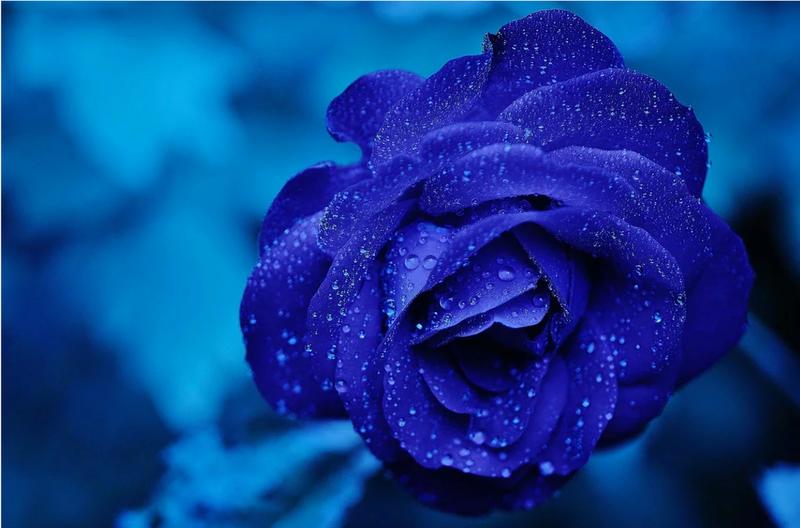How To Use Clear Blue Test

There are three main categories of colors: primary, secondary, and tertiary colors. The three primary colors are red, blue, and yellow. These colors occur naturally in nature and are on the light spectrum, so no color combine to make blue. However, you can combine different colors and hues to create different shades of blue.
What Are Primary Colors?
The three primary colors, red, yellow, and blue, are visible on the light spectrum and, as such, are at the top of every color wheel or color configuration. These three colors are the root of every other color in the world. When these colors are combined, then secondary and tertiary colors are formed.
W hat Are Secondary Colors?
There are three secondary colors that are created when two primary colors are combined. These colors are orange, which is a mixture of yellow and red; purple, which is a mixture of red and blue; and green, which is a mixture of blue and yellow. Just as with primary colors, you can include neutrals like black or white to create different hues.
W hat Are Tertiary Colors?
There are six tertiary colors, and these are created by mixing a primary and secondary color together. These colors include yellow and orange, red and orange, red and purple, blue and purple, blue and green, and yellow and green. There are, of course, different names for some of the tertiary colors, depending on the hue. You can also refer to red and purple as burgundy, depending on the shade. However, the official name of the color is red and purple.
W hat Are Neutral Colors?
If you look at a standard color wheel, you will not see the neutral colors, which include black, white, gray, and occasionally brown. These are also referred to as "Earth tones." These colors can be mixed with primary, secondary, and tertiary colors to create different shades or hues.
H ow Do You Create Different Shades of Blue?
You can create different shades, or hues of blue, by mixing colors. Neutral colors, such as white or black, work best for creating varying shades, but you can also create different shades of blue by adding a tiny bit of secondary or tertiary color. For example, you can add purple to blue for a periwinkle shade.
W hat Are Complementary Colors for Blue?
To discover the complementary colors of blue, or for any color, you can look directly at the color wheel. The complementary color will be on the exact opposite side of the wheel. For blue, complementary colors are orange, followed by yellow and red. This doesn't mean you can't pair other colors with blue. Because of blue's nature as a primary color, it melds well with many different shades and hues. For example, blue and shades of green can work well together.
MORE FROM REFERENCE.COM
How To Use Clear Blue Test
Source: https://www.reference.com/science/colors-make-blue-8a153b4aeaf9f92b?utm_content=params%3Ao%3D740005%26ad%3DdirN%26qo%3DserpIndex
Posted by: coonscriniveran.blogspot.com

0 Response to "How To Use Clear Blue Test"
Post a Comment